
Introduction to bone spur in foot
A bone spur is a deformity that can occur in any part of the body and in any bone, however, it is a fairly common occurrence in the foot.
This is because the feet are constantly carrying the weight of the entire body when walking an running and a lot of pressure is being put on the bones of the feet.
However, it will just affect one foot, not both at the same time.
They usually form in the bottom of the heel, which is called the heal spur, or on the big toe, but sometimes a bone spur occurs in between the toes as well.
It is a natural occurrence that results from the degeneration of the bones as a person gets older.
When a person walks or jogs, the bones at the joint rub and press together, which is how the spurring occurs.
People who are overweight are more likely to suffer from this condition, as well as people who already have foot-related problems such as flat feet, high feet arches or a tight Achilles tendon.
People who are very active, such as marathon runners or joggers, are also more prone to suffering from this condition.
Symptoms
The main symptom of a foot bone spur is a very strong pain at the bottom of the foot. It is important to remember that the spur itself is not what is painful. The pain occurs from the bone pressing against the nerves, muscles and tendons of the foot.
People with bone spurs in the feet will have a hard time walking and find it to be a very painful event.
The pain is usually most intense in the morning and dies down as the day goes by.
When the person rests and elevates the foot, the pain will subside.
In some cases, the foot will swell and become red as well.
People who have bone spurs in the feet are more likely to have corns and calluses develop on the foot as well. Treatment
In order to diagnose the condition, the doctor will have to give the patient an x-ray or MRI scan and it does not have to be treated unless it is causing pain.
If there is pain, then the doctor will prescribe painkillers to help with the discomfort. Ice can be applied to the foot as well if there is swelling and redness.
People who are overweight need to shed some pounds in order to decrease the pressure on the feet.
There are other things that doctors will recommend to help, such a s physical therapy and exercises to strengthen the feet.



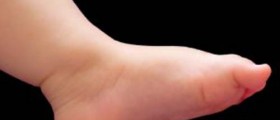

-Causes,-Symptoms,-Diagnosis,-Treatment_f_280x120.jpg)

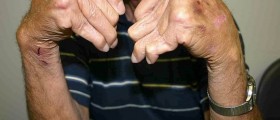


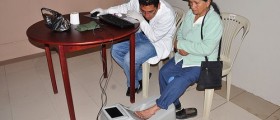

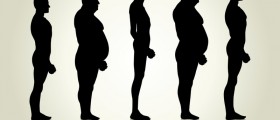

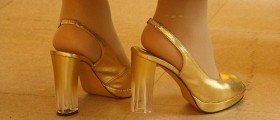


Your thoughts on this
Loading...